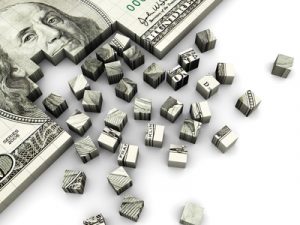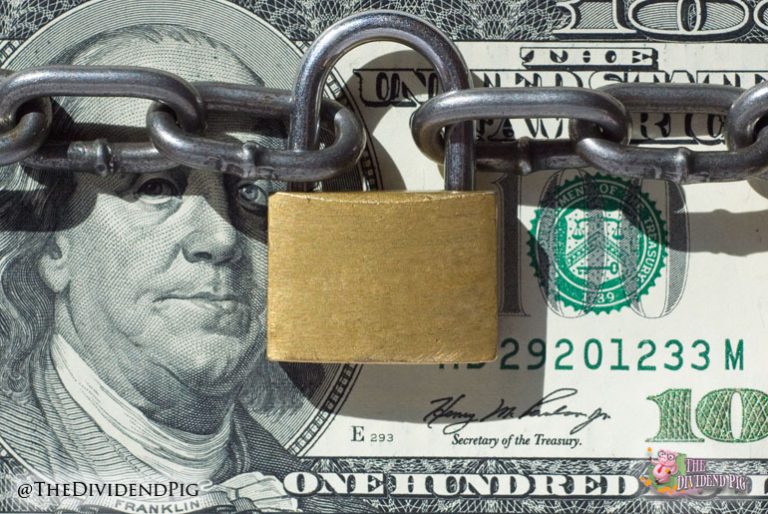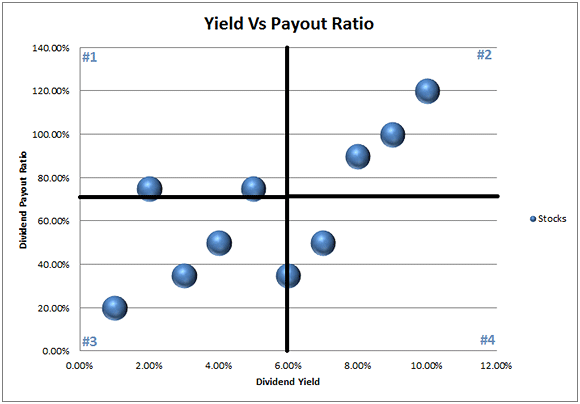Even the best investment strategies require ongoing maintenance and adjustments to stay ahead in a world with volatile markets and…
 A recent reader questioned the validity of a dividend aristocrat as a growth stock. His argument was whether or not you could find a growth stock among those dividend aristocrats. He asked, why invest in a dividend aristocrat because after 25 years of consistently rising dividends, how much growth could there be left in the shares?
A recent reader questioned the validity of a dividend aristocrat as a growth stock. His argument was whether or not you could find a growth stock among those dividend aristocrats. He asked, why invest in a dividend aristocrat because after 25 years of consistently rising dividends, how much growth could there be left in the shares?
The question, like most, begs for a little further examination. It made me dig into some questions? When does a growth stock become a value play? Can a dividend aristocrat be a growth stock? Or, is it a value stock by its very nature? And, what role does the dividend payout ratio play in our determinations?
Understanding Growth Stocks vs Value Stocks
Investopedia defines a growth stock as a stock whose share price grows at a faster rate than the overall stock market. Last year, of course, the S&P 500 Index saw a 13% gain, and it is set to make a comparable run here in 20113 as well.
Conversely, a value stock is the ying to growth stocks’ yang. Value stocks are often undervalued when compared to the company’s financial metrics. Investors often find that value stocks have a higher dividend yield, lower price to book ratio, and often a lower price to earnings (PE) ratio than growth stocks traditionally.
Can A Dividend Aristocrat Be A Growth Stock Too?
Yes, a dividend aristocrat can be a growth stock also, but it may be unlikely. They are more likely to be a value stock and a blue chip company. Out of the 59 dividend aristocrats in the S&P 500 index, many have seen year over year share price growth of over 13% in recent years. While we may not consider strong dividend payers as high growth companies, the possibility is still out there for those companies to provide both income and capital appreciation to shareholders.
This guest post has been written by Mike from The Dividend Guy Blog. His blog is well known for high…



